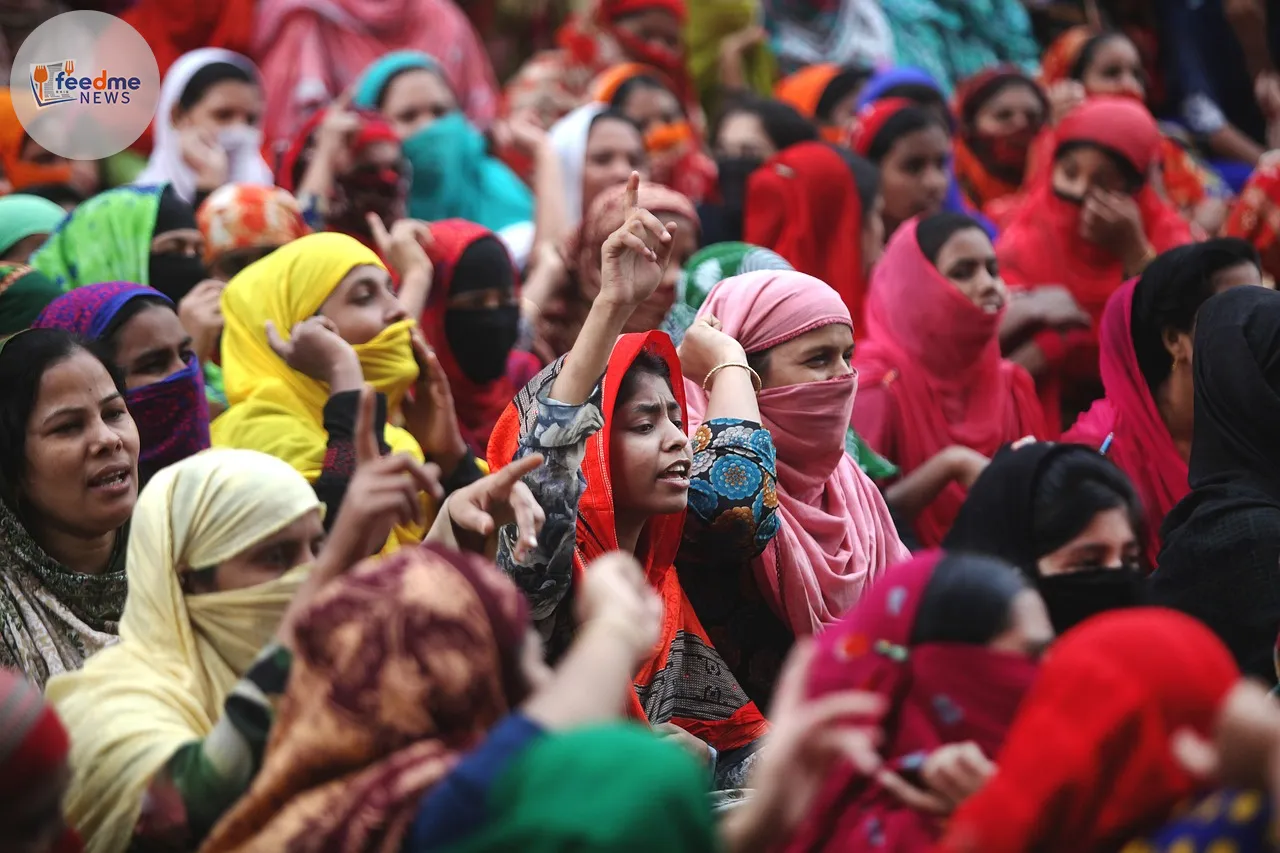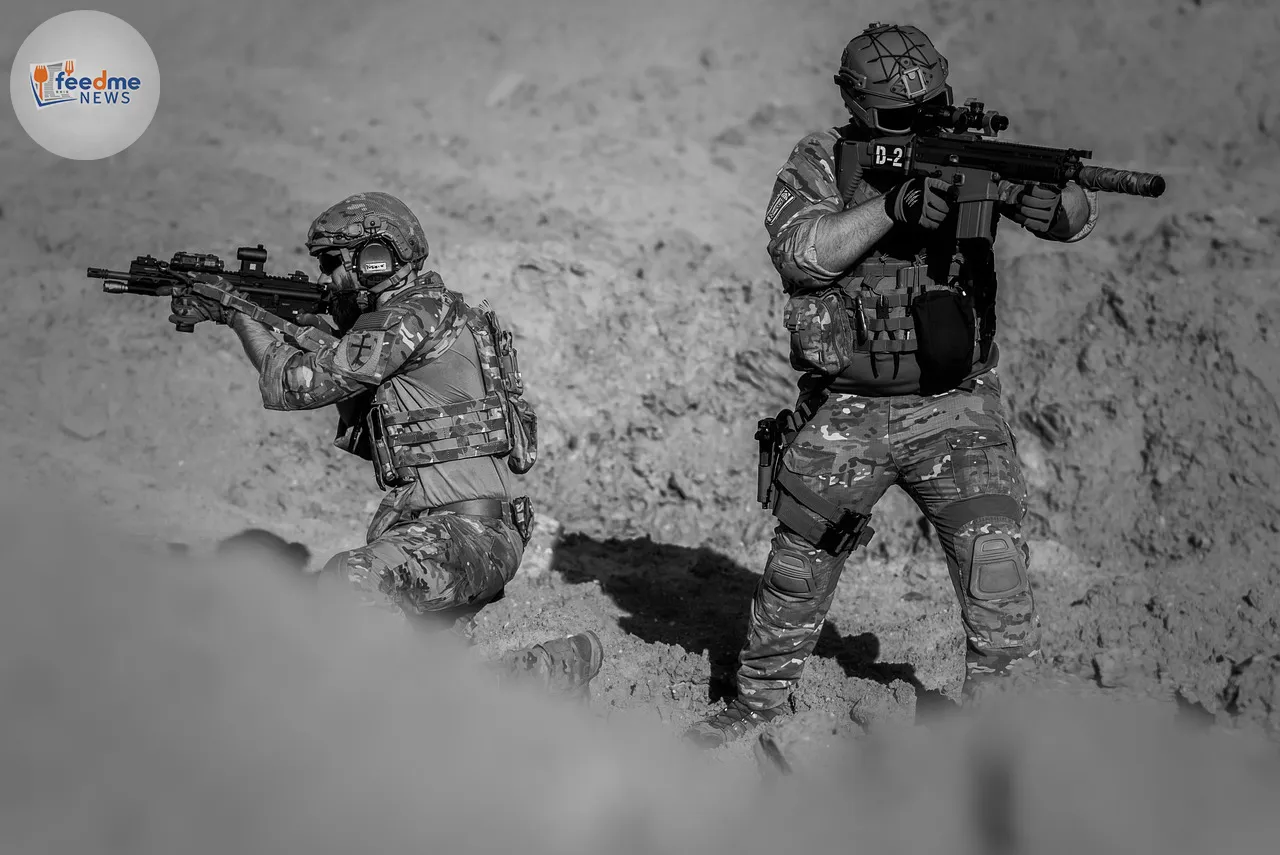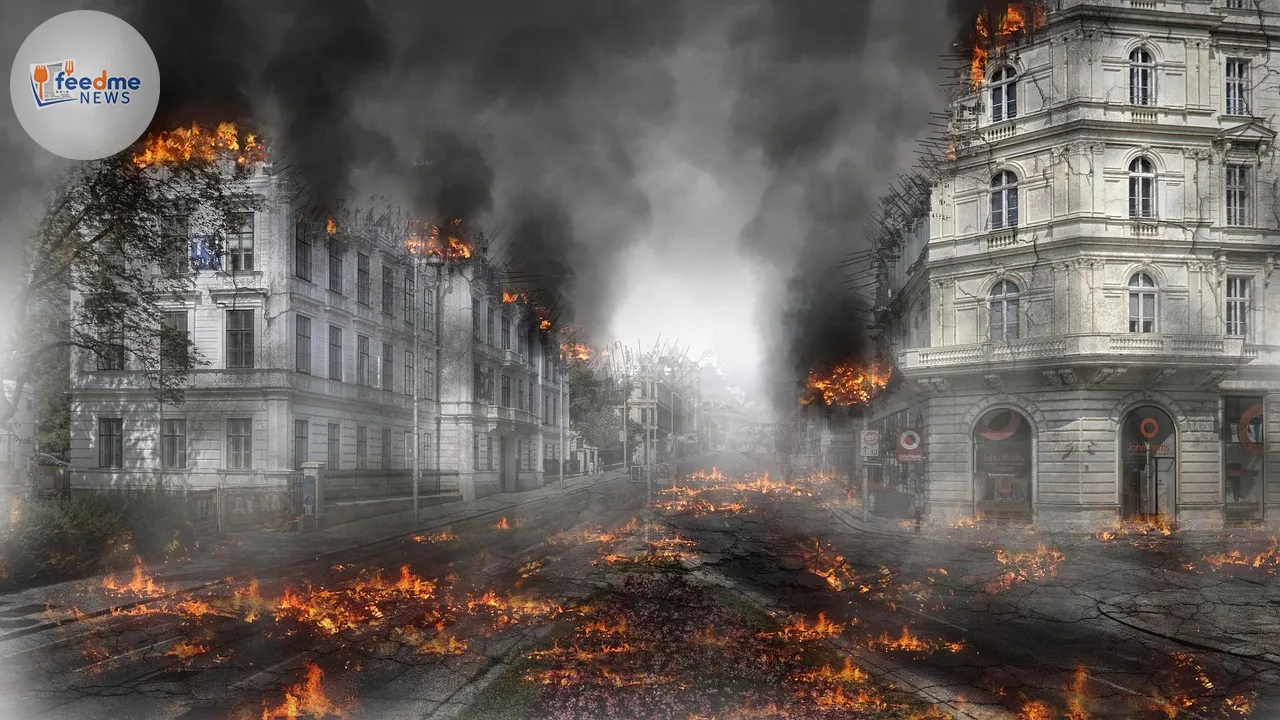Hundreds of residents in the northern Gaza town of Beit Lahia took to the streets in a rare public demonstration against Hamas, the ruling political and military group in the region. Chanting “Hamas out,” the demonstrators demanded an end to the ongoing conflict with Israel, which has seen a significant escalation in recent weeks. This protest comes amid an intense bombing campaign by the Israeli Defence Forces (IDF), further intensifying the humanitarian situation in the already beleaguered area.
The protest, reportedly organised through social media platforms like Telegram, highlights a growing discontent among Gaza’s citizens who are caught in the crossfire of a conflict that has persisted for decades. The demonstration reflects a significant shift in public sentiment, as open criticism of Hamas is rare due to the group’s tight control over the region.

Escalating Conflict Intensifies Tensions
The protest in Beit Lahia occurred against the backdrop of an escalating conflict between Hamas and Israel. The IDF has intensified its bombing campaign in response to rocket attacks from Gaza, targeting what they describe as military infrastructure. This ongoing violence has resulted in significant casualties and widespread destruction across the Gaza Strip.
According to local reports, the recent surge in military actions has left many Gaza residents in a state of despair. The protest is seen as a desperate call for peace and a plea for an end to hostilities that have led to severe humanitarian consequences. The situation remains volatile, with both sides showing little sign of de-escalation.
Protest Organised Through Social Media
The demonstration in Beit Lahia was reportedly organised through Telegram, a popular social media platform in the region. While the identity of the organisers remains unclear, the protest attracted a significant number of participants. “I don’t know who organised the protest,” one participant told Agence France-Press. “I took part to send a message on behalf of the people: Enough with the war.”
The use of social media to mobilise protests is not new in conflict zones, but it highlights the growing frustration among Gaza’s citizens. The ability to organise and participate in such demonstrations indicates a shift towards more vocal opposition against Hamas, despite the risks involved.
Hamas Security Forces Respond
Reports indicate that members of Hamas’ security forces, dressed in civilian clothing, attempted to disperse the protest. This response underscores the challenges faced by those who openly criticise the group. Hamas has maintained a firm grip on power in Gaza since 2007, often suppressing dissent to maintain control.
The presence of security forces at the protest suggests that Hamas is aware of the growing discontent among the population. However, the group’s ability to address these grievances remains uncertain as the conflict with Israel continues to dominate political and military priorities.
Humanitarian Impact and International Response
The ongoing conflict has exacerbated the already dire humanitarian situation in Gaza. The region faces shortages of essential supplies, including food, medicine, and clean water. The UN and various humanitarian organisations have repeatedly called for a ceasefire to allow aid to reach those in need.
International reactions to the situation in Gaza have been mixed. While some countries have condemned the violence and called for restraint, others have expressed support for Israel’s right to defend itself against rocket attacks. The complex geopolitical dynamics in the region make it challenging to achieve a unified international response.
Looking Ahead: Prospects for Peace
The protest in Beit Lahia represents a significant moment in the ongoing conflict, highlighting the growing desire for peace among Gaza’s citizens. However, achieving a lasting resolution remains a complex challenge, given the entrenched positions of both Hamas and Israel.
As tensions continue to rise, there is an urgent need for renewed diplomatic efforts to address the underlying causes of the conflict. The international community’s role in facilitating dialogue and supporting humanitarian efforts will be crucial in the coming weeks.
In conclusion, the protest in Beit Lahia underscores the urgent need for a peaceful resolution to the conflict in Gaza. As residents demand change, the path to peace remains uncertain, with both local and international stakeholders facing significant challenges in navigating the region’s complex political landscape.





